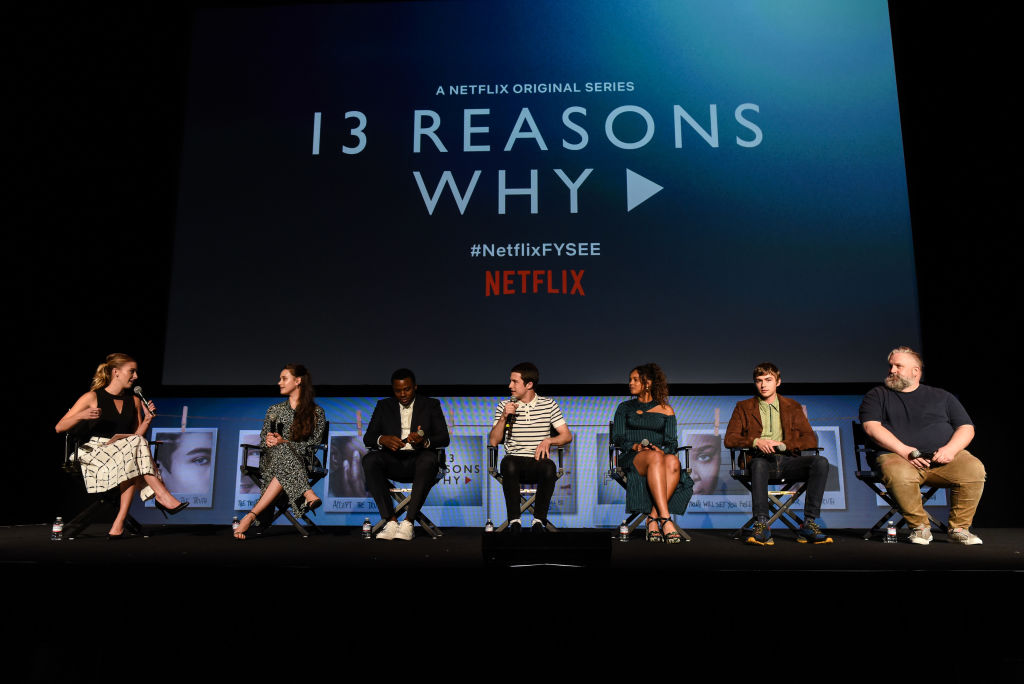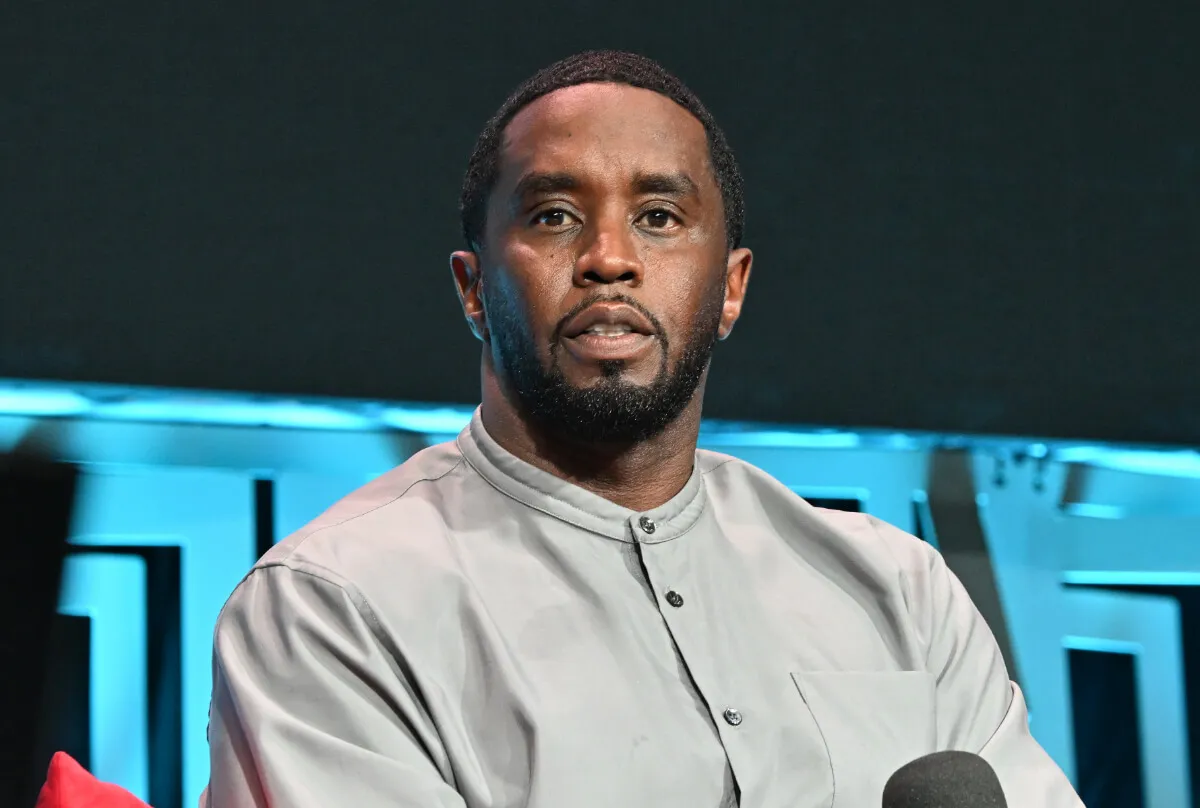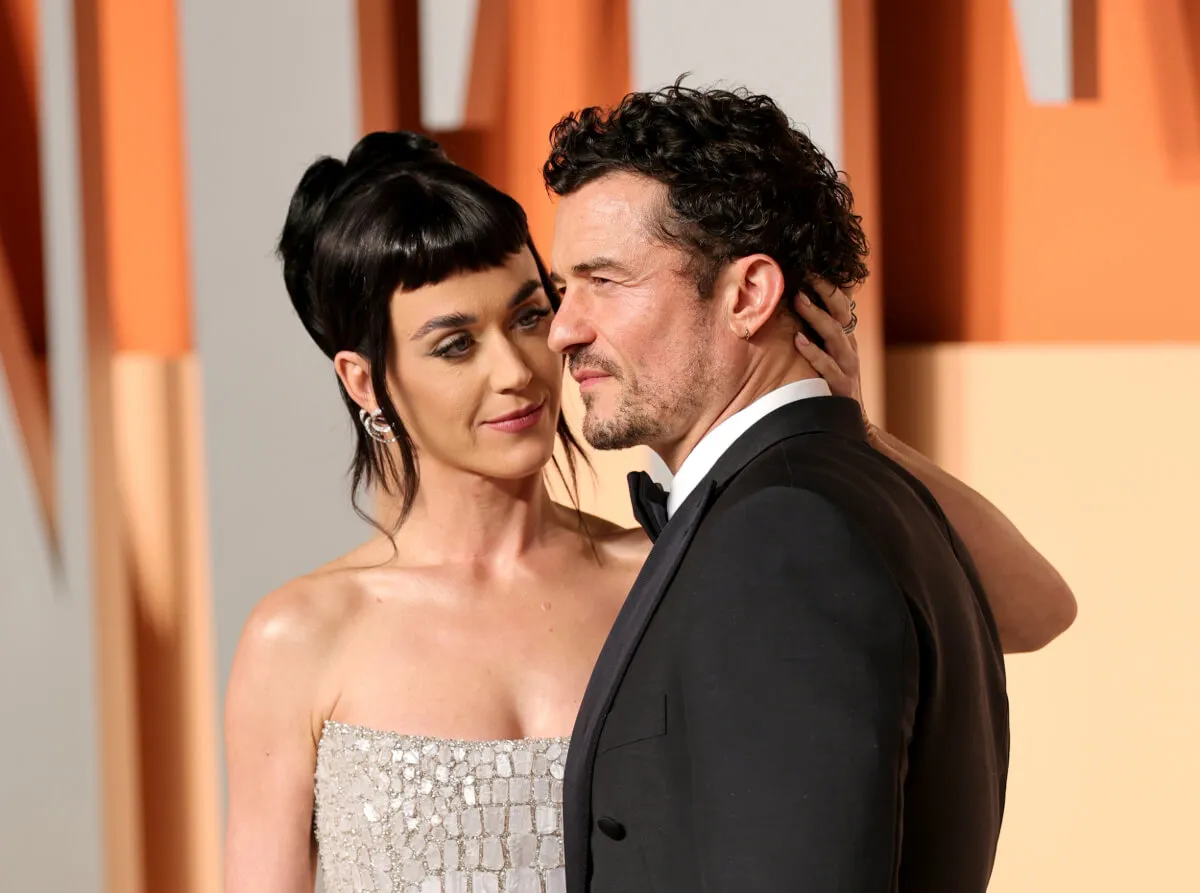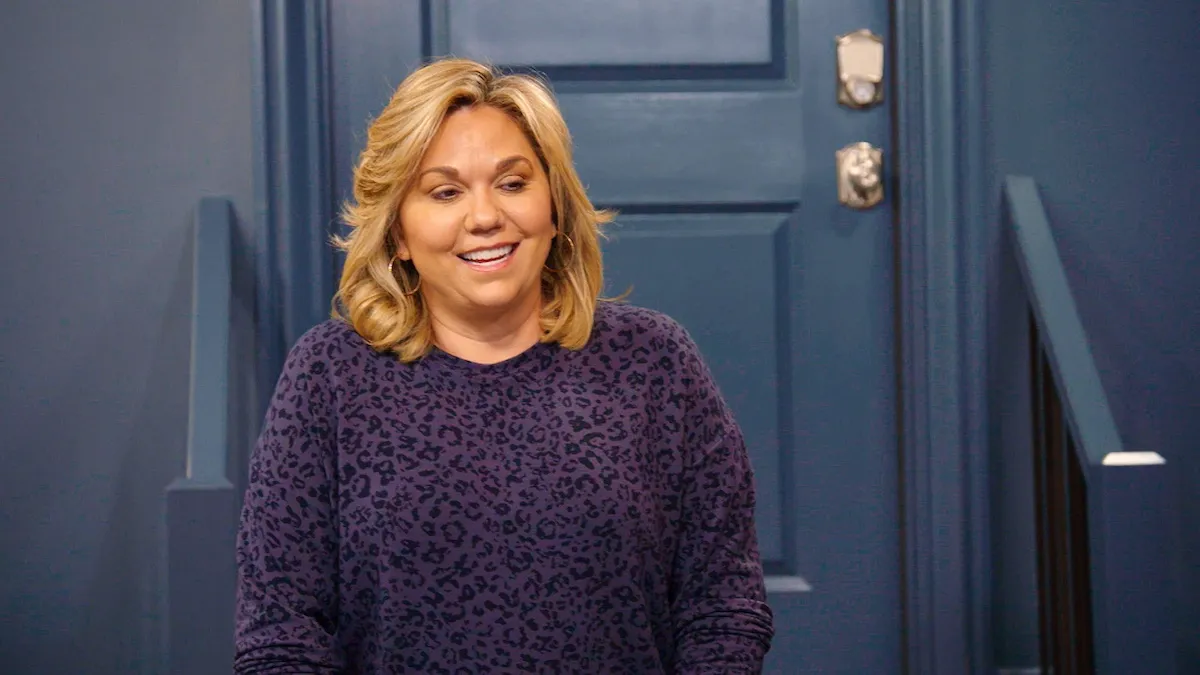Who Is ’13 Reasons Why’ For If It’s Rated TV-MA?
The fourth and final season of 13 Reasons Why has landed on Netflix — with the usual fanfare and controversy akin to the series since season 1. With teens confronting suicide, mental illness, sexual assault, drug addiction, and more, the show features a group of high schoolers in a narrative seemingly way beyond their years.

The first season featured a group of freshmen. Now, enthusiasts receive a group of seniors, who have battled with death and murder, secrets, and lies. They try to lead “normal” lives— attempting to fake their way through whatever the orthodox expectations for public highschoolers are these days. Yet, they are dodging the cops for a murderous cover-up, which isn’t easy on an adolescent psyche, nor is it the plotline one would expect from a teen drama.
For multiple seasons, 13 Reasons Why has felt lost — lost somewhere between Degrassi and an HBO mature-themed limited series. With a TV-MA rating, one question prevails: who is the show really for? What is the target demographic?
Analyzing ’13 Reasons Why’ and its TV-MA rating
Like the many seasons before, the most recent season of 13 Reasons Why is dark and unsettling. The main characters see dead people — visions of their attackers, assaulters, and bullies.
They come to terms with lives out of their control, while wondering if the choices they have made will set them up for a life of fear and anxiety. Some choose alcohol while others choose loneliness. Some choose drugs while others choose to turn rage into political action.
Yet, through it all, the show is rated TV-MA, implying that those under 17 should not watch. But, the kids in the show have just (theoretically) turned 17. And, the show has been rated TV-MA since the start. So, who is the show for? Should a 15-year-old look at these characters and wonder, “Is this the type of life my peers lead?” Or, “Am I not as mature as I should be?” With teens accessing alcohol with ease (as if they are of age) and attending house parties that resemble frat parties, it all feels a little off.
Is it for college kids? If so, the high school setting doesn’t exactly work
With adolescents jumping into bed, falling in and out of love, and putting themselves at risk, one begs to ask — is this content suitable for children? Is it suitable for the malleable minds that may be drawn to the typical high school setting, yet unready for the associated narrative — the associated dilemmas and conflicts that bring the show way beyond a high school drama.
Yet, if it’s not for such young minds, is to for college students? And, if it’s for college students, why does it take place in high school? If designed to attract a TV-MA viewing audience, the setting should match. No? How about college students sharing an apartment? The show goes for this angle with Clay and Justin’s “garage home.”
Clay and Justin virtually living alone is yet another nonsensical choice, proving the show’s lack of awareness surrounding an actual high school experience, or its desire to rewrite the truth — to better suit a narrative it should have never followed. Why? For, after the first season, the show lost its source material — the foundation it needed to succeed.
In short, 13 Reasons Why crashes and burns (literally and metaphorically), for it fails to adequately address the viewers it should (high schoolers), while also failing to address the viewers it could (those above 17).


